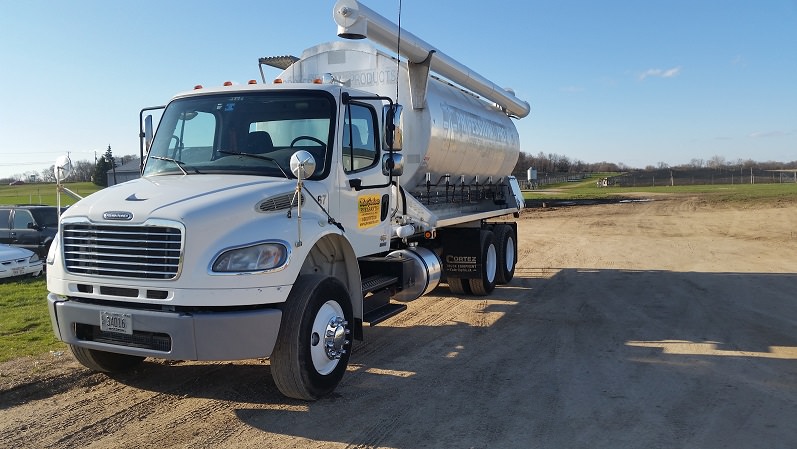Advice on what protein % feed to use for your pheasants.
I’d like to share some of our thoughts and experiences with using different protein levels of feed for our pheasants. 40 years ago, we used three feeds – 30% protein pre-starter for chicks from day old up to 3 weeks, 26% protein starter til the birds reached 6 weeks and then a 20% grower til we shipped the birds. Today our feeding program has changed and I’ll share with you what we do, and why we do it.
A few years ago a University study was conducted comparing using 30% protein vs. 28% protein for starting day-old pheasant chicks. The study showed that 28% was as good as, but probably better than a 30% protein feed for starting the chicks. Our own experiences once we started using 28% seemed to confirm the study’s finding – and 28% protein pre-starter for pheasants is commonplace in the pheasant industry today.
Just like we dropped down from 30% to 28% for the pre-starter, it’s standard practice in the commercial pheasant industry today to use a 24% starter feed from 3 week old up to 6 or 7 week old pheasants. Now if you are raising 500 or less birds, I would suggest you just stick with the 28% up to 6 weeks, because the cost savings won’t warrant the introduction of another feed.
At 6 or 7 weeks (for us it’s determined by when the birds are moved out) we switch to a 20% grower. It is imperative (in my opinion) that birds get put onto a 20% feed instead of a 19% feed. I know of a successful farm that went directly to a 19% protein feed at 7 weeks this year – with unfortunate results. If one was to put their late hatch (August) birds onto a 19% feed at 7 weeks, it would probably work because feed consumption of late hatch birds would be much higher (because it’s colder in October that in June) and therefore the birds would still get adequate nutrition from the 19%
Our summer here in southern Wisconsin was hotter this year than what we have become used to. Because of the heat, our early hatched (March and April) pheasants once they were in the pens ate less. As I wrote in an earlier post, we had some problems with those early birds dropping their tails. Our solution for 2011 is to feed a 22% protein grower during the hotter months (June and July). We don’t know this will address the problem of dropping tails – but we think it will.
Once birds reach 12+ weeks of age or once the day time temperatures start consistently being less than 80 degrees (whichever is later) – we switch our birds to a 19% protein feed. The 19% is not only lower in protein, it’s less fortified than the 20%.
We also feed a maintenance diet – it’s a 14% protein holding diet. We feed the maintenance feed to birds that are 22 weeks or older. This year we haven’t fed much of any maintenance feed.
Our hunting bird breeding stock is over wintered on a 20% protein feed. Once we start the breeding season, we use either a 23% protein breeder feed (for our indoor breeders) or a 20% breeder for our outside breeders.
Whew – things used to be a lot simpler.
If you would like help finding the right feed for your farm fill out our feed consulting form online and we will give you our expert advice.
Related Posts

Preparing Our Barns & Pens Each Spring
Read Post

DuPont Financial Analysis Model
Read Post

6 Feed and Water Procedures to Keep MacFarlane Pheasants Healthy
Read Post

All Pheasant Feed Is Not Created Equal
Read Post

A Pheasant Farm’s Most Wanted List
Read Post

Bill MacFarlane Featured In Mother Earth News!
Read Post

Birds For Mounting
Read Post

Can Goats Be Helpful on a Pheasant Farm?
Read Post
Take Advantage of These Free Resources
As the biggest game bird farm in the United States, we want to share our experience with you. Download our free resources below and get started.





